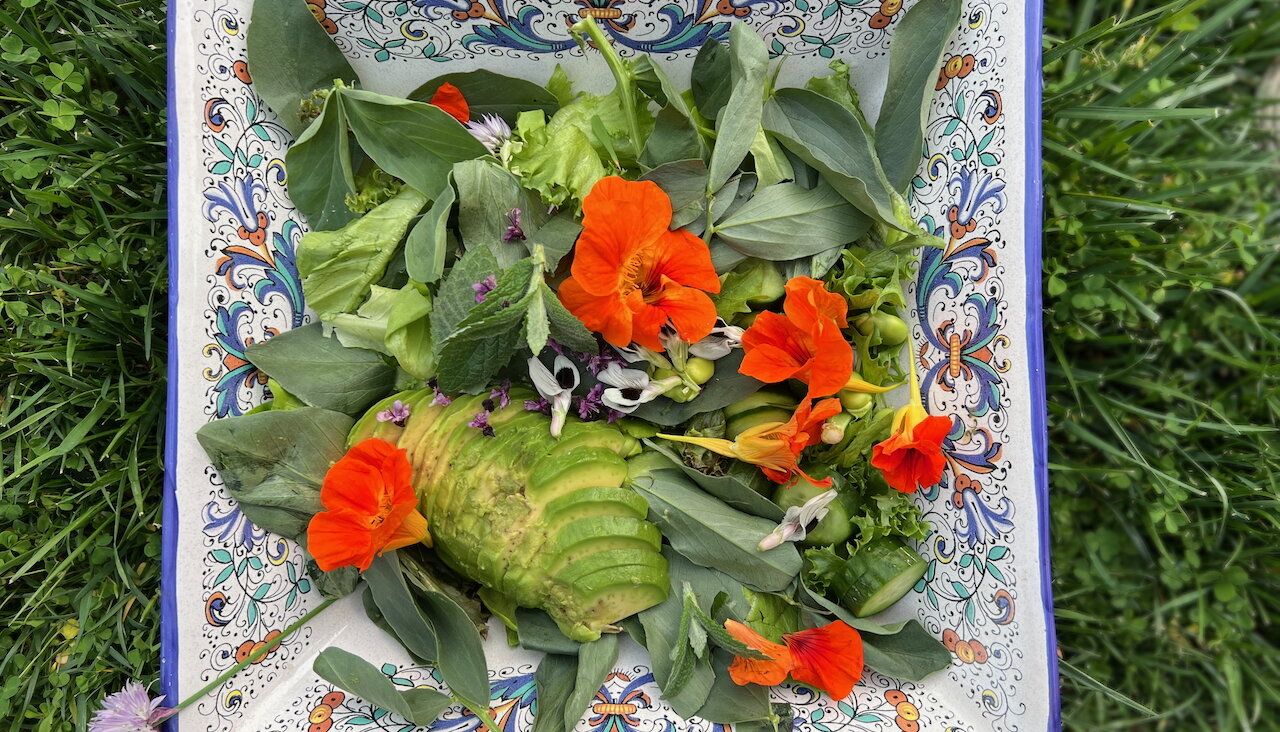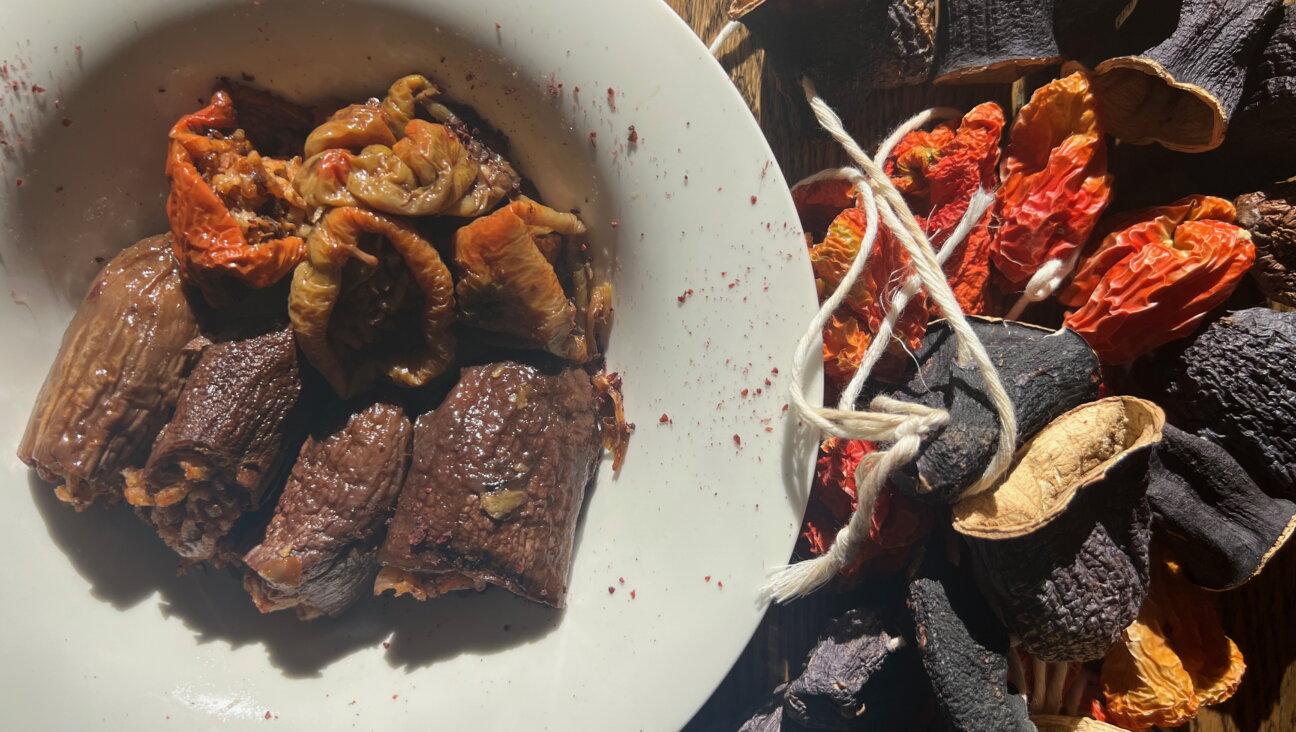Q&A: Mimi Sheraton Talks New York City Jewish Restaurants

Mimi Sheraton, the iconic restaurant critic for the New York Times from 1975 to 1983, is known for balancing traditionalism with an open mind. A longtime resident of New York City, she has chronicled the ever-changing restaurant scene with incomparable precision. Sheraton, who is currently writing for the New Yorker, recently sat down with JCarrot to share her thoughts on how Jewish food has changed in New York City and what role the cuisine plays in her own kitchen.
Aaron Kagan: How has the New York Jewish food scene changed throughout your career?
Mimi Sheraton: There’s been a loss of some of the things I like very much, such as the old style New York kosher dairy restaurant. I think they may have been a victim of cholesterol consciousness: just about everything had sour cream or butter or fat or something like that in it.
We also lost some very great kosher meat restaurants. The only example that’s still around, and it’s not kosher, is Sammy’s Romanian Steakhouse. There were all kinds of restaurants that did that Romanian broiling of the steaks and the chops and the chopped liver with the chicken fat.
In their place I think we’re seeing more of the hummus, babaganoush, Israeli-Middle Eastern vegetarian places taking hold. I think that is more attractive to the younger people, I think those are just more interesting flavors, and they happen to be in general more healthful. That’s been a great change, and we didn’t have any of that kind of restaurant even 30 years ago.
Do think Jewish home cooking has changed as much as Jewish restaurants?
I would say for young people with an eye to fashion and trends, absolutely.
How so?
Most of what we talk about, like matzoh balls, is Ashkenazi, but now there is more interest in Sephardic cooking.
Did writing “The Whole World Loves Chicken Soup” have any long-term effects on your own chicken soup?
Well I learned to make a lot of other kinds. I like very much a Persian one that was in there that’s hotly seasoned and had very fine vermicelli noodles. There was a New Orleans one, fried chicken and andouille gumbo, that I’ve served to people, and there’s a great Swedish one that takes about three days to make, what with all the cabbage and the little teensy meatballs and everything.
You’ve mentioned using some of your grandmother’s kitchen tools. How was it that you inherited them?
Well as my grandmother died some of these things nobody wanted, so they went to my mother, and my mother gave them to me. I took those things I liked very much, the two brass mortar and pestles, my grandmother’s original, lethal-looking carving knife, her chopping bowl, and my mother’s half moon chopper that you use for chopped liver, and her spring-form that she used for Passover sponge cake. It feels kind of nice to use them for those traditional things.
Do you use any of your grandmother’s recipes?
In my book “From My Mother’s Kitchen”, those are all from my grandmother to my mother, except for the American dishes. And nobody ever wrote them down. When I started to do the book with my mother and she was demonstrating the recipes and I was measuring, she said “are we gonna measure or are we gonna cook?”
What are some of your favorite memories of Jewish food?
When the big family gathered around the table, especially on Passover, and everybody had too much wine and told too many stories. There was one story in “From My Mother’s Kitchen” from when my grandmother was alive. She used to buy a live carp and keep it swimming in the bathtub until she was going to kill it to make gefilte fish, and I had a cousin who thought the fish was getting too cold. He ran hot water into the bathtub, and of course the fish rolled over on its side and was cooked long before it got to be “gefilted.”
Do you have any projects you’re currently working on?
I’m working on a big food glossary of all the things I love to eat, and I’ve been doing some articles for the New Yorker. But that’s it: the book [the glossary] has to be finished before I do much more.
Sheraton is also the author of several books, including The German Cookbook and Eating My Words: An Appetite for Life.
The Forward is free to read, but it isn’t free to produce

I hope you appreciated this article. Before you go, I’d like to ask you to please support the Forward.
Now more than ever, American Jews need independent news they can trust, with reporting driven by truth, not ideology. We serve you, not any ideological agenda.
At a time when other newsrooms are closing or cutting back, the Forward has removed its paywall and invested additional resources to report on the ground from Israel and around the U.S. on the impact of the war, rising antisemitism and polarized discourse.
This is a great time to support independent Jewish journalism you rely on. Make a gift today!
— Rachel Fishman Feddersen, Publisher and CEO
Support our mission to tell the Jewish story fully and fairly.
Most Popular
- 1

Culture Cardinals are Catholic, not Jewish — so why do they all wear yarmulkes?
- 2

Fast Forward Ye debuts ‘Heil Hitler’ music video that includes a sample of a Hitler speech
- 3

News School Israel trip turns ‘terrifying’ for LA students attacked by Israeli teens
- 4

Fast Forward Student suspended for ‘F— the Jews’ video defends himself on antisemitic podcast
In Case You Missed It
-

Yiddish קאָנצערט לכּבֿוד דעם ייִדישן שרײַבער און רעדאַקטאָר באָריס סאַנדלערConcert honoring Yiddish writer and editor Boris Sandler
דער בעל־שׂימחה האָט יאָרן לאַנג געדינט ווי דער רעדאַקטאָר פֿונעם ייִדישן פֿאָרווערטס.
-

Fast Forward Trump’s new pick for surgeon general blames the Nazis for pesticides on our food
-

Fast Forward Jewish feud over Trump escalates with open letter in The New York Times
-

Fast Forward First American pope, Leo XIV, studied under a leader in Jewish-Catholic relations
-
Shop the Forward Store
100% of profits support our journalism
Republish This Story
Please read before republishing
We’re happy to make this story available to republish for free, unless it originated with JTA, Haaretz or another publication (as indicated on the article) and as long as you follow our guidelines.
You must comply with the following:
- Credit the Forward
- Retain our pixel
- Preserve our canonical link in Google search
- Add a noindex tag in Google search
See our full guidelines for more information, and this guide for detail about canonical URLs.
To republish, copy the HTML by clicking on the yellow button to the right; it includes our tracking pixel, all paragraph styles and hyperlinks, the author byline and credit to the Forward. It does not include images; to avoid copyright violations, you must add them manually, following our guidelines. Please email us at [email protected], subject line “republish,” with any questions or to let us know what stories you’re picking up.















